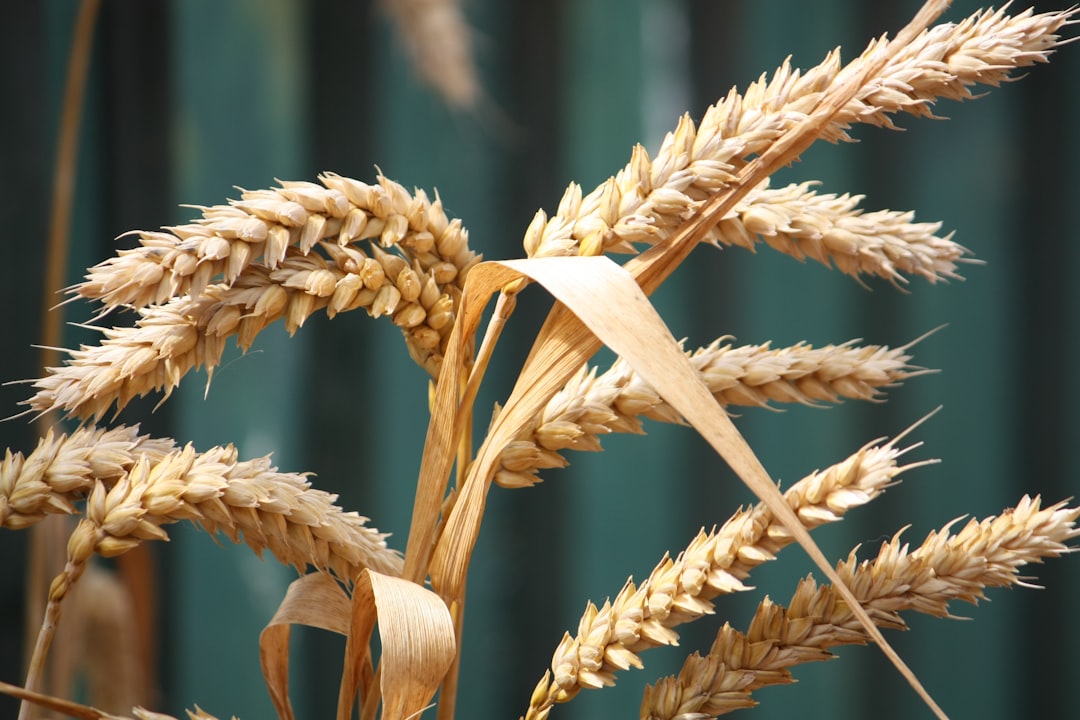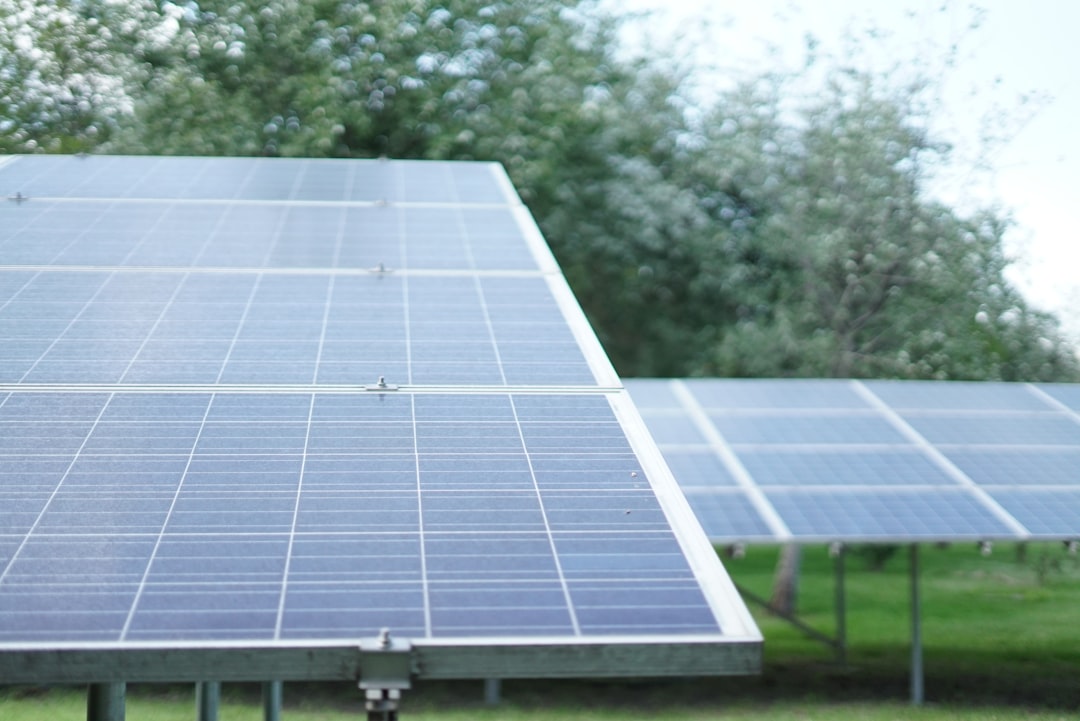What is it about?
For a successful combustion in energy conversion devices, a robust ignition is key. Classically, this is done by depleting energy stored in a coil (or a condensator) over a gap. Such ignition systems deplete the energy over milliseconds which leads to a large share of energy delivered via a thermal plasma. However, for a successful ignition, non-thermal (non-equilibrium) plasma is more efficient. Using solid-state nanosecond pulsing devices it is possible to provide electrical pulses of high voltage levels over nanoseconds, and this also with high repetition rates. So, non-thermal plasma is created and the ignition process can even be controlled by choosing the amount of pulses as well as the number of repetition. Here, we compare a classical coil setup with Nanosecond Repetitive Pulsed Discharges (NRPD) in an optical prechamber setup.
Featured Image

Photo by Joshua Sukoff on Unsplash
Why is it important?
The results show that NRPD is able to ignite hard-to-ignite mixtures considerably better than classical ignition devices in the prechamber setup which was studied. This implies that such an ignition system should enable also the combustion of diluted mixtures (i.e. exhaust gas recirculation or lean stoichiometry) in internal combustion engines better than classical ignition systems can do. A robust combustion of diluted mixtures is important to maximize efficiency while minimizing pollutant emissions.
Perspectives
It is amazing which possibilities still come up for optimizing energy conversion devices. As the society aims at turning away from using the classical fossil fuels, renewable chemical energy carriers are likely to gain on importance. Some of these renewable or low-carbon chemical energy carriers are hard to ignite (e.g. methane). Therefore, more efficient and flexible ignition devices may be one important building block for future-proof energy converters. Thanks to Laura, Michelangelo and Walter for their great effort.
Dr.sc.techn. ETH Patrik Soltic
Empa
Read the Original
This page is a summary of: Comparison of ignition and early flame propagation in methane/air mixtures using nanosecond repetitively pulsed discharge and inductive ignition in a pre-chamber setup under engine relevant conditions, Combustion and Flame, March 2022, Elsevier,
DOI: 10.1016/j.combustflame.2021.111851.
You can read the full text:
Resources
Contributors
The following have contributed to this page










